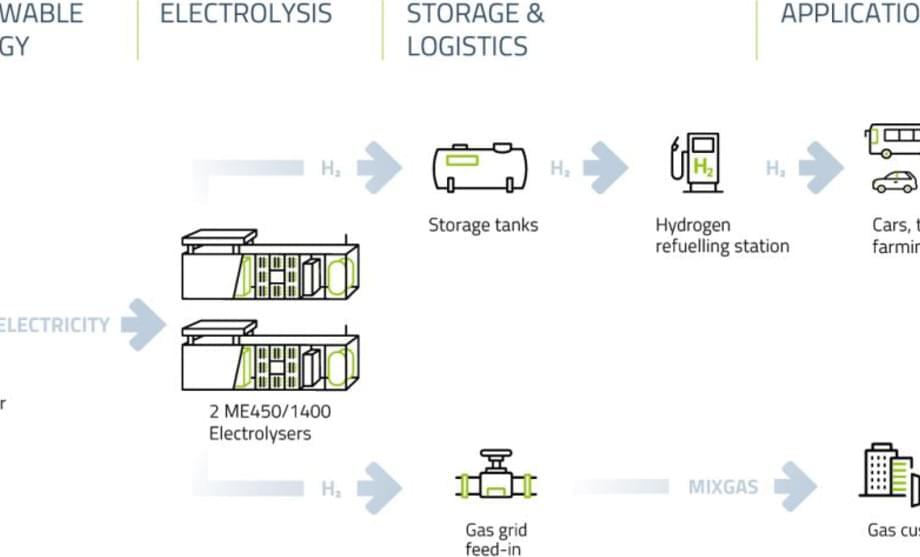Surgeries require a lot of planning, practice, and precision. Doctors cannot afford to get distracted or lose focus when operating on a person. The use of AI in surgery aims to support doctors and supply them with the necessary information and surgical tools without disturbing them at any point.
Mixed reality makes it possible to use technology to assist doctors during surgeries and minimize risks.
Paul Milgram and Fumio Kishino first introduced the term mixed reality in 1994 in their paper titled A Taxonomy of Mixed Reality Visual Displays. MR combines computer vision, cloud computing, graphical processing, etc., to blend the physical and virtual worlds. Many companies have been developing MR applications that can be used in various industries.








